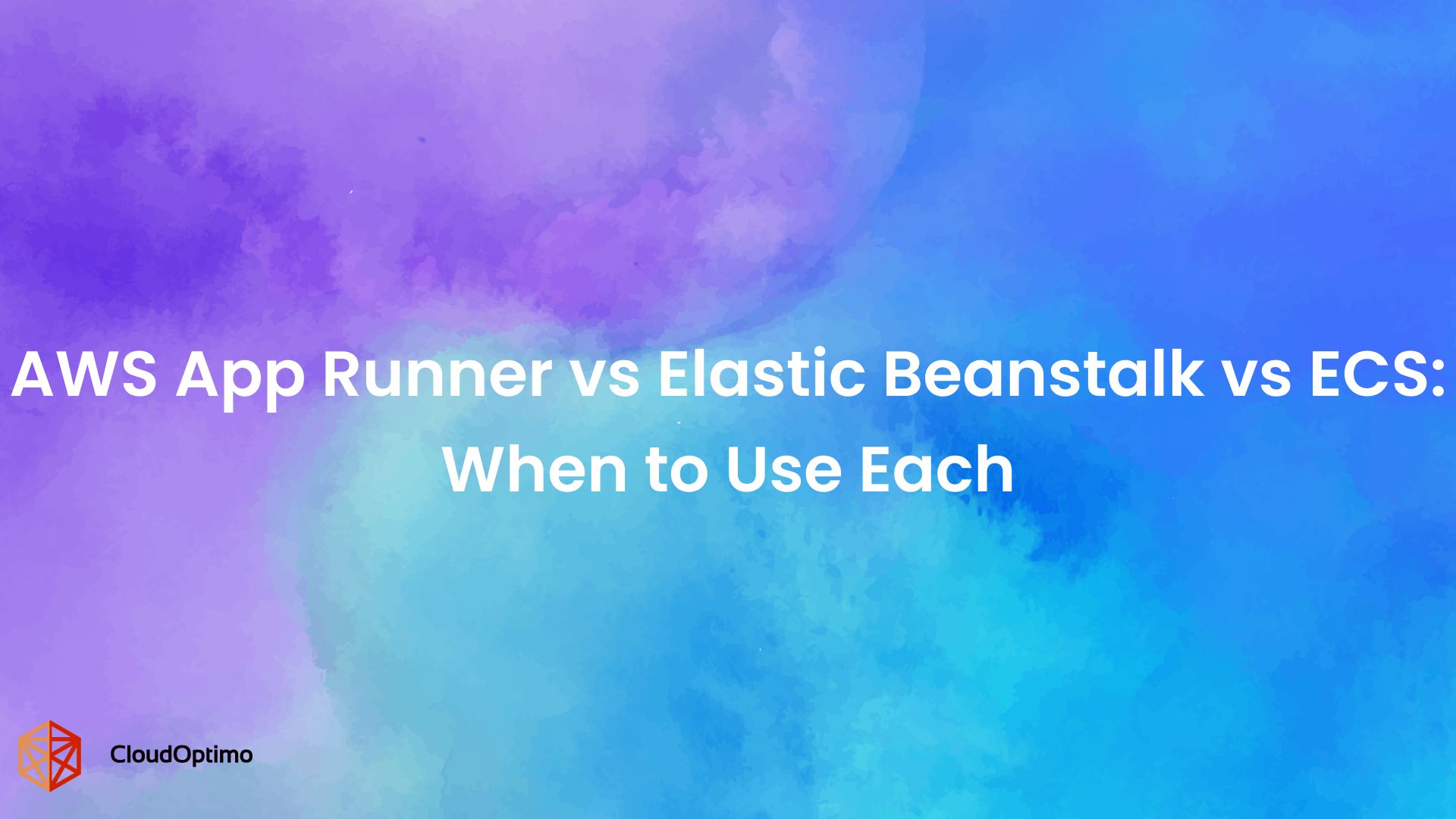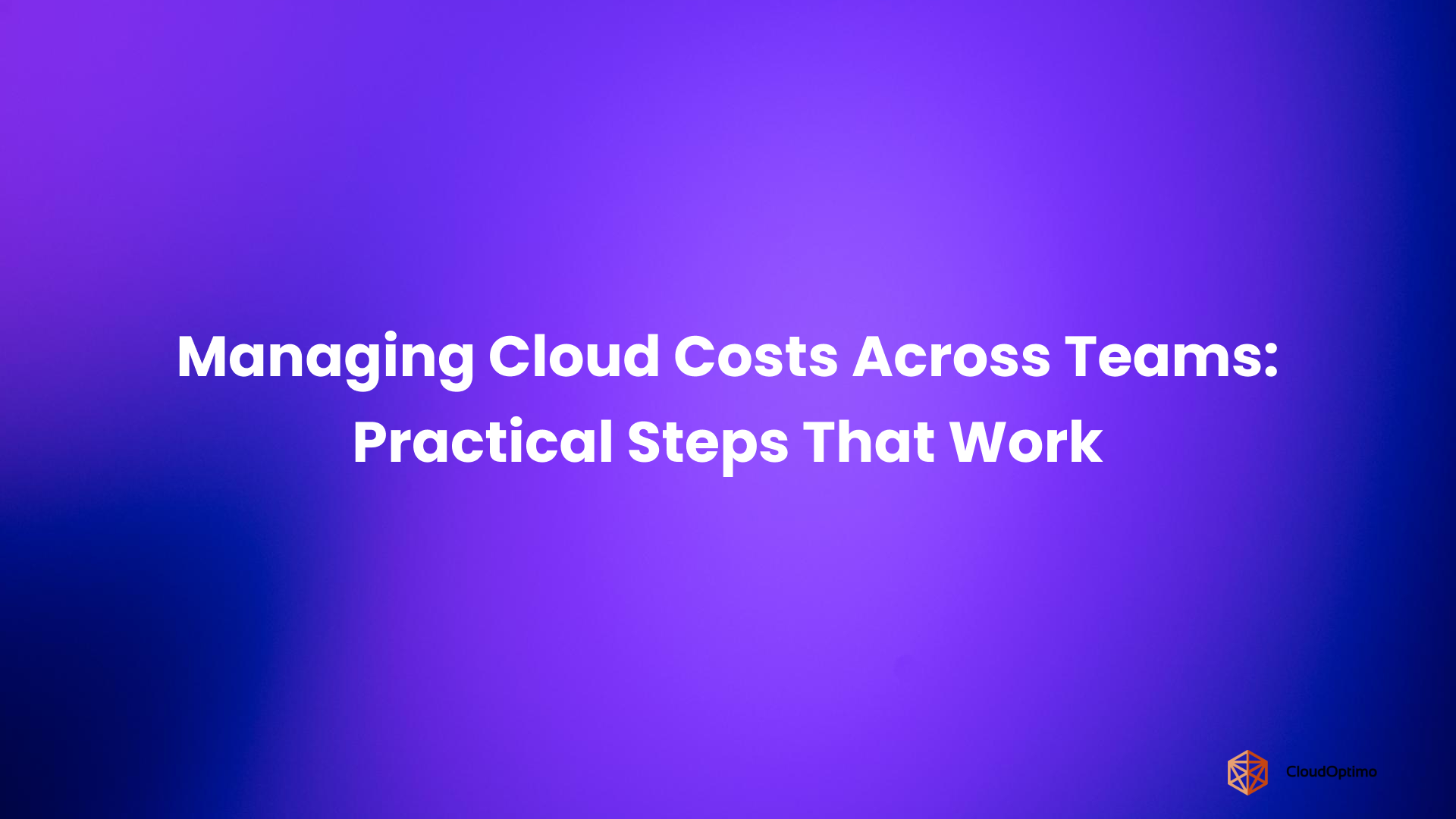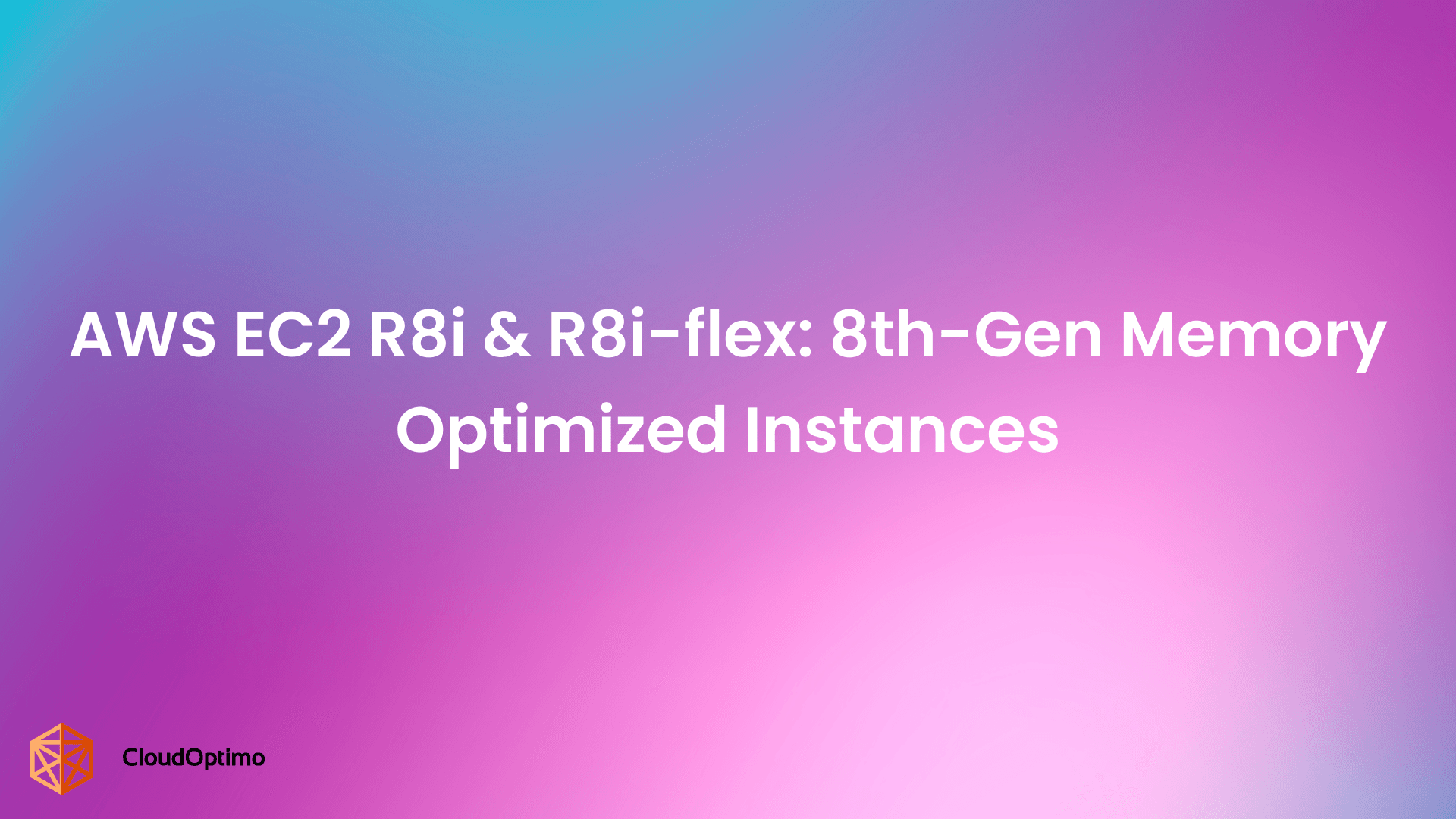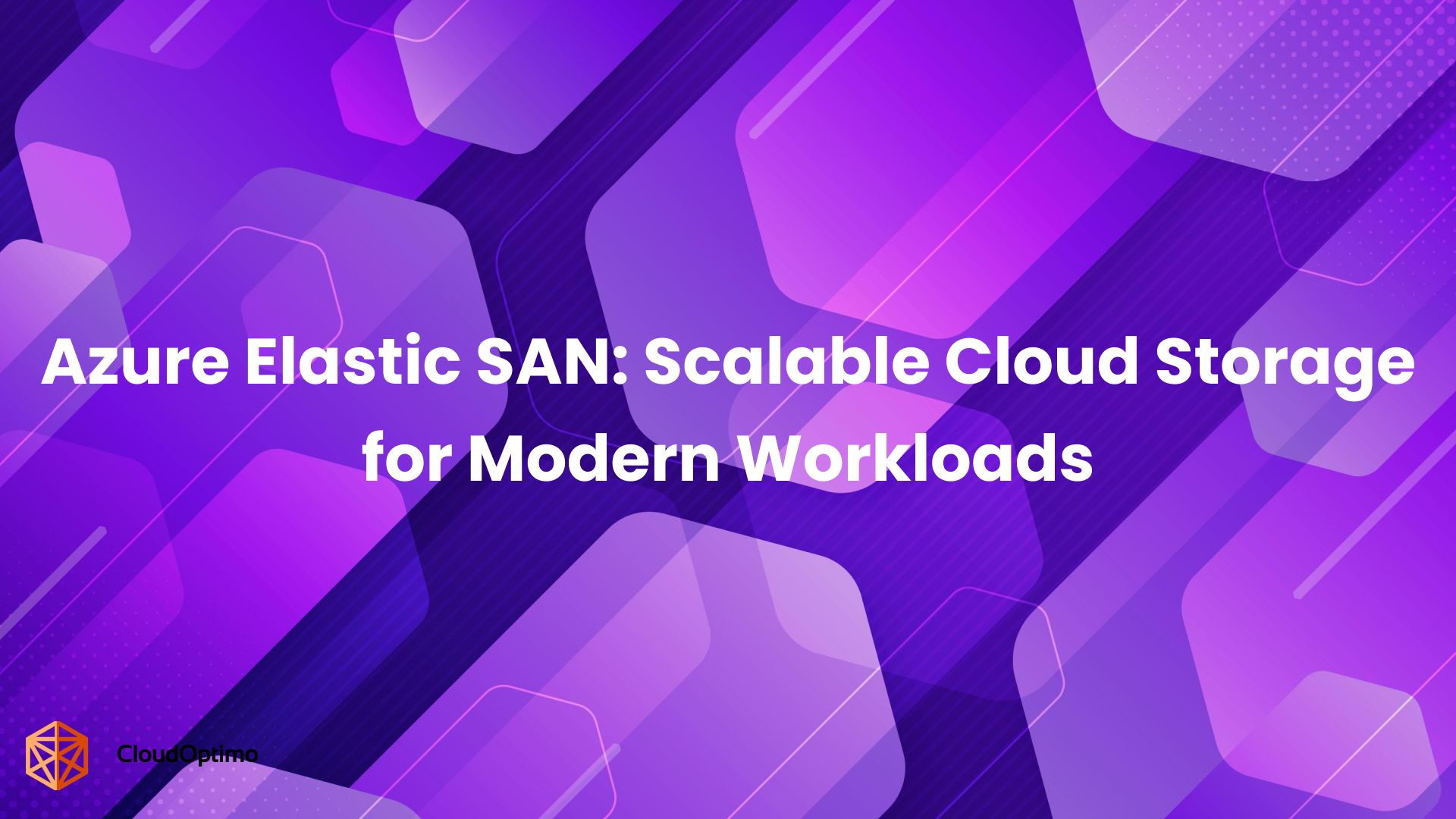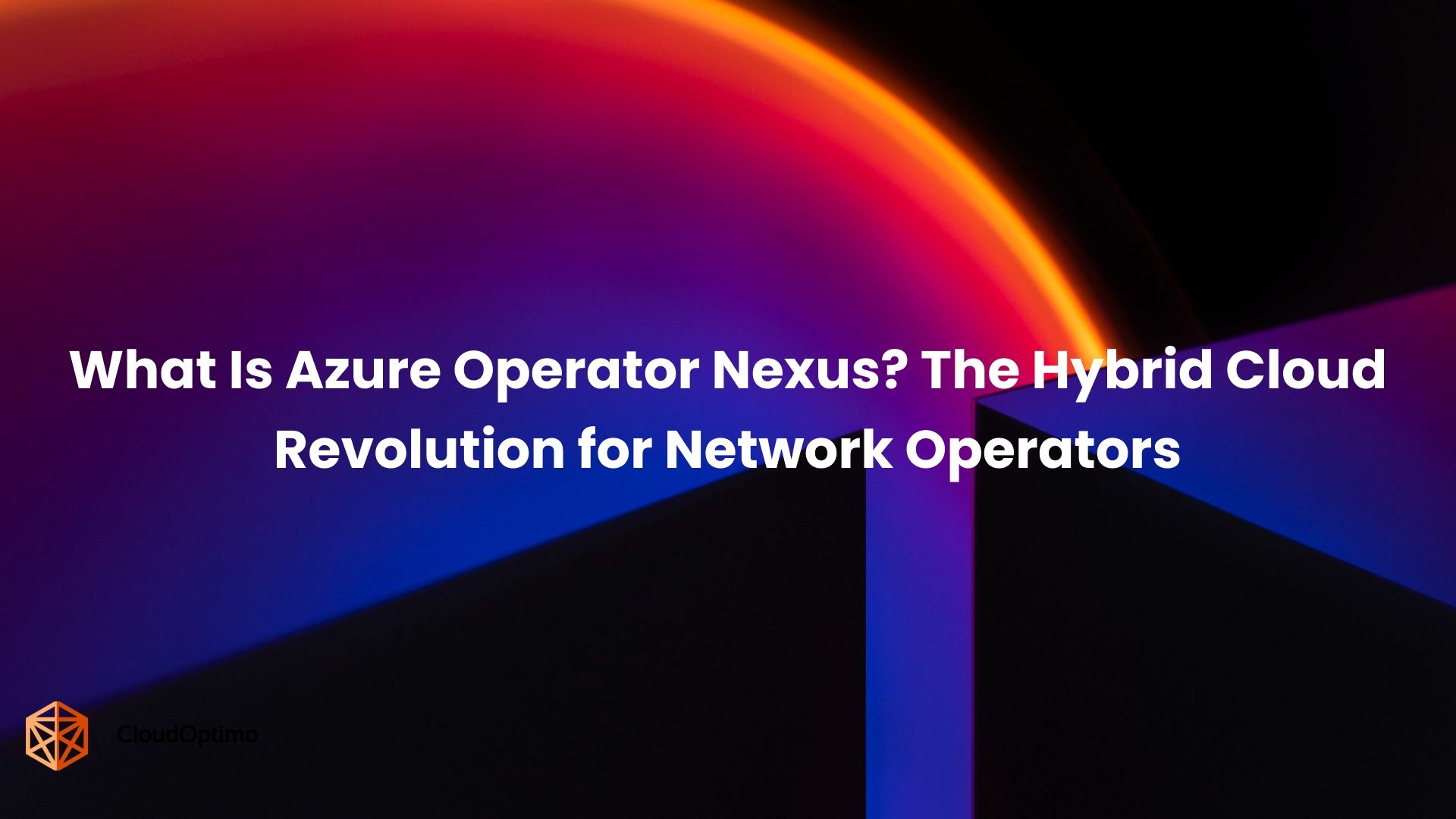If you've reviewed your cloud bill and found unexpected charges, you're experiencing a common issue faced by thousands of organizations. One of the most frequently overlooked yet financially significant costs is data egress fees, the charges for moving data out of cloud infrastructure. Whether you're delivering content to users, performing data backups, or operating across multiple cloud environments, egress costs accumulate without obvious warning signals.
Our blog explains data egress fees: their mechanics, occurrence patterns, and management strategies.
Understanding Data Egress Fees
Cloud data movement operates in two primary directions with distinct cost structures:
- Ingress: Data entering cloud infrastructure (typically free across all major providers)
- Egress: Data leaving cloud infrastructure (charged based on volume and destination)
Cloud providers implement egress fees when data exits their infrastructure boundaries. These transfers include data moving to the public internet, different cloud regions, or on-premises environments. While ingress is often free to encourage the use of cloud services, egress is designed to generate regular revenue for providers.
The fee structure varies significantly based on three factors: cloud provider, geographic region, and transfer destination. These charges are not always easy to spot in billing reports until they reach substantial amounts, making them difficult to predict and control.
Comprehensive Egress Fee Scenarios
Data egress charges occur across multiple cloud operations, each with distinct pricing models and triggers:
Internet-Bound Transfers
Data delivered to end users through web applications, mobile apps, or API responses generates internet egress charges. Every image download, API response, and file transfer adds to these costs. For platforms that serve dynamic content (like videos, personalized dashboards, or real-time updates), egress volumes and costs can increase rapidly.
Cross-Region Data Movement
Moving data between different geographic regions within the same cloud provider triggers cross-region egress fees. This is common in global applications that replicate data across continents for performance or compliance. Each replication event, backup transfer, and load balancing operation across regions generates charges.
Hybrid Cloud Operations
Organizations that use both cloud and on-premises infrastructure often transfer data between these environments. Regular backups, disaster recovery operations, and application integration between cloud and on-premises systems create ongoing egress costs. These ongoing operations can quietly generate regular egress costs, especially during high-traffic periods like testing or failover events.
Multi-Cloud Data Synchronization
Organizations using multiple cloud providers face egress charges when moving data between different cloud platforms. When data moves between providers (e.g., AWS to Azure), each transfer can result in egress fees from the source cloud. Data migration projects, backup strategies spanning multiple providers, and application architectures requiring cross-cloud communication generate significant egress expenses.
By identifying where these costs arise and how they are triggered, organizations can begin to make more informed decisions about their cloud architecture. In the next section, we’ll look at specific cloud services that often introduce unplanned egress charges, even in well-designed systems.
Egress Costs Hidden in Common Cloud Services
Even when your cloud setup follows best practices, certain services can introduce egress charges without much visibility. These costs often emerge from everyday operations, especially when services interact across regions or external systems. Here are a few specific examples worth watching closely:
Amazon S3 Cross-Region Replication
Cross-region replication in Amazon S3 is widely used for disaster recovery or compliance, especially in regulated industries or global businesses. When you enable cross-region replication in Amazon S3, every replicated object is treated as outbound data from the source region. This triggers standard egress rates, roughly $0.02–$0.09 per GB, depending on the source and destination regions.
For example, syncing 10 TB of data monthly between us-east-1 and eu-west-1 can lead to charges exceeding $900/month, depending on the regions involved. Because replication is often enabled and forgotten, the cost impact builds silently.
Google BigQuery Export Operations
In Google Cloud, BigQuery is central to analytics workflows, but exporting query results to other systems or regions triggers egress fees. BigQuery charges for exporting query results outside Google Cloud, whether to external databases, analytics platforms, or even Cloud Storage in a different region. The export rate is around $0.12 per GB to the internet or cross-region.
An organization exporting 50 GB daily for reporting to an on-prem BI tool would spend $180/month in egress charges, just for that workflow. Multiply that across departments or automated jobs, and it becomes a recurring, invisible cost center.
AWS CloudFront Data Delivery
AWS CloudFront is used to speed up content delivery through edge caching. While caching reduces latency and offloads origin traffic, it does not eliminate egress charges. Data served to users from CloudFront still incurs fees, typically $0.08 to $0.12 per GB, depending on the region.
If a global web app delivers 5 TB/month of dynamic content, it could cost $400–$600/month in CloudFront egress alone. This is common in media platforms, SaaS dashboards, or customer-facing APIs, where interaction scales with usage.
Azure Lifecycle Policies and Tiering
Azure’s lifecycle management policies are useful for automating transitions between hot, cool, and archive storage. But when these policies move data across regions, say, to optimize storage costs or comply with geographic regulations, egress fees are triggered.
If 2 TB/month is moved from East US to West Europe as part of an archival policy, that could incur $180/month in additional costs. When these transfers are automated and policy-driven, they may operate unnoticed for months.
Managed Database Replication Across Regions
Services like Amazon RDS, Azure SQL, and Google Cloud SQL allow you to replicate data across regions. While this improves fault tolerance and speeds up access for global users, every change to the primary database results in data being sent to replicas, triggering egress charges.
In high-transaction environments (e.g., financial systems, e-commerce), even small charges, fractions of a cent per operation, can accumulate to hundreds of dollars monthly. Most teams only discover this after cost reviews or during DR drills.
The common thread across these services isn’t misconfiguration; it’s invisibility. These patterns are part of routine, responsible cloud usage. Yet because egress fees are charged per GB, not per event, and rarely appear in real-time dashboards, they often slip through reviews.
Real-World Financial Impact
Organizations across different industries experience substantial egress-related cost increases:
A Startup’s Hidden Growth Bottleneck
A fast-growing SaaS company built a feature-rich, image-heavy web application hosted on AWS. In the early months, outbound data traffic seemed minimal, with egress charges around $200/month. But as the user base expanded globally, the application began delivering more high-resolution assets across regions and devices. Within eight months, monthly egress costs had grown to $3,500, surpassing their total compute costs by over 40%.
The team hadn’t anticipated how quickly user interaction would drive outbound traffic. Once the cost surfaced during a quarterly budget review, they re-evaluated their use of CloudFront, introduced compression, and adjusted content delivery based on user geography, resulting in over 20% savings within the following quarter.
Analytics Workflows with a Hidden Price Tag
A data analytics firm used Google BigQuery as the foundation for its client reporting platform. To support external dashboards and visualization tools, they exported query results daily to third-party platforms hosted outside GCP. Initially, these exports cost $150/month, but as client data volumes grew, the monthly egress charge rose to $2,800 within six months, representing 25% of their total cloud spend.
Because exports were automated and spread across several pipelines, the cost increase wasn’t immediately obvious. After identifying the trend, the team shifted more analytics processing inside BigQuery and restructured dashboards to reduce unnecessary data movement, cutting outbound transfer volumes by nearly half.
Disaster Recovery That Came With a Surprise
A mid-sized manufacturing company adopted a hybrid cloud model, storing backup data in Azure while maintaining on-premises systems for operations. Regular backup syncs created a steady egress cost of around $800/month. However, during a disaster recovery drill, the company restored 15 TB of archived data from Azure to its local data center. That single event triggered a one-time egress charge of $1,200—a figure that hadn’t been accounted for in the IT budget.
The recovery test revealed a gap in the team’s cost modeling. Going forward, they incorporated projected DR test charges into their annual planning and adopted incremental restore techniques to limit large-scale data transfers during simulations.
These examples highlight a consistent pattern: egress fees often go unnoticed until they accumulate into significant costs. In each case, the organizations weren’t misusing cloud resources, they were simply underestimating the financial impact of outbound data movement. Once identified, modest changes in architecture or workflows were enough to regain control over spending without sacrificing performance or reliability.
The Compounding Growth Effect
Egress charges don’t scale linearly with company size or user traffic. In most cases, they grow much faster and far less predictably. For businesses in a growth phase, this presents a real financial risk: you may succeed in scaling your user base, features, and markets, only to discover that outbound data movement is consuming an unnecessary share of your cloud budget.
This pattern of accelerated cost growth is driven by several compounding factors.
- User Growth Doesn’t Scale Egress Linearly
Each new user doesn’t just add a small, predictable amount of data transfer. Instead, they introduce multiple touchpoints: application sessions, media loads, background syncs, and API responses.
Consider a SaaS application serving high-resolution content to users. In one case, a company saw its user base grow from 1,000 to 10,000 in six months. Compute and storage costs increased by roughly 3x, but egress costs jumped more than 15x, from $400/month to $6,200/month.
The reason? Each new user wasn't just accessing the platform; they were using heavier features, more frequently, and from more locations.
If not tracked closely, egress becomes the dominant cost center, especially for media-rich and customer-facing applications.
- Feature Releases Often Multiply Data Movement
Teams often underestimate how new features impact data transfer. Mobile sync, dashboard updates, and live alerts all introduce additional background processes that move data across regions, zones, or out to the public internet.
In one analytics platform, adding real-time alerts and report-sharing features led to a 40% increase in outbound traffic within two months, even though user growth remained flat. While storage and compute barely moved, egress charges increased by over $1,000/month, caused entirely by internal services talking across zones and pushing files externally.
New features often involve third-party tools, UI enhancements, or client notifications, all of which contribute to invisible egress growth.
- Geographic Expansion Creates Cross-Region Overhead
Global user experience often requires replicating content across cloud regions. But each time you replicate a file, sync logs, or route traffic between zones, you’re charged.
One mid-sized fintech company expanded to support EU and APAC customers. To comply with data residency and improve latency, they created regional S3 buckets and replicated user data across three AWS regions. Within a single quarter, their cross-region egress costs increased from $900 to $4,300/month, a 380% increase, even though total user growth was under 2x.
Egress costs for cross-region transfers aren’t covered by free tiers and scale directly with replication frequency and data volume.
- APIs and Integrations Quietly Amplify Usage
APIs are essential for automation, data sharing, and external services, but they can also become one of the largest contributors to outbound data.
A marketing analytics provider built deep integrations with customer CRM systems and ad platforms. As client onboarding accelerated, so did webhook traffic and scheduled API pushes. Within a year, over 60% of the company’s egress fees, around $5,000/month, were tied to automated data exports via APIs.
API-driven egress is rarely visible in dashboards until you break it down per service or integration. These workflows often scale faster than user growth.
Benchmarking Cloud Egress Costs by Business Type
Understanding typical egress costs by business category helps organizations benchmark their expenses and identify potential problems:
| Business Type | Monthly Transfer | Egress Cost per GB* | Estimated Monthly Cost | Primary Drivers | Spend as % of Cloud Bill | Insights |
Small SaaS Apps (1K–5K users) | 0.5–2 TB (500–2,000 GB) | $0.05–0.09 | $50–$180 | API responses, image downloads, and user uploads | 15–25% | Use CDN early; optimize API payloads |
E-Commerce Platforms (10K–50K users) | 5–20 TB | $0.07–0.085 | $350–$1,700 | Product images, catalog updates, payment data | 20–30% | Cache product assets, batch updates |
Enterprise Data Platforms (100K+ users) | 50–200 TB | $0.05–$0.085 | $2,500–$17,000 | BI exports, report generation, analytics pipelines | 30–45% | Localize compute, limit exports |
Streaming / Media Services (Varies) | 100 TB–1 PB | $0.05–$0.085 | $5,000–$85,000 | Video delivery, live streaming, mobile sync | 50–70% | Optimize CDN; consider zero-E options |
Backup & DR Operations (Monthly/Quarterly) | 10–100 TB per event | $0.05–$0.085 | $500–$8,500 | Backup restore, DR test, data migration | 10–20% | Budget restore costs; test near the region |
| Financial / Trading Platforms | 20–100 TB | $0.05–$0.085 | $1,000–$8,500 | Real-time feeds, regulatory reporting, and dashboards | 25–35% | Isolate feeds; reduce redundant exports |
Note: The egress cost estimates above are based on publicly available tiered pricing from major cloud providers (AWS, Azure, GCP) as of 2025. Actual charges may vary based on factors such as geographic region, transfer volume, service-specific policies, and negotiated enterprise discounts.
Always refer to the official pricing pages of your cloud provider for the most accurate, up-to-date rates:
Common Egress Cost Traps
Several operational patterns create unexpected egress charges that catch organizations unprepared:
- Free Tier Limit Violations Cloud providers offer modest free egress allowances: AWS provides 1GB monthly, Azure offers 5GB, and Google Cloud Platform includes 1GB. Production applications exhaust these limits within hours of deployment. Organizations often discover free tier violations weeks later when reviewing detailed billing reports.
- Development Environment Scaling Development and testing environments using production data sets generate production-level egress costs. A development API serving 100MB of test data might generate $50 in monthly egress charges, while the same API serving real production data generates $1,500. Organizations frequently overlook development environment egress costs until they appear in monthly budget reviews.
- Disaster Recovery Testing Expenses Quarterly disaster recovery tests involving data restoration create substantial one-time egress charges. Restoring 10TB of backup data generates $700-1,000 in egress costs. Organizations conducting comprehensive disaster recovery tests often face unexpected budget impacts from these necessary but expensive operations.
- Auto-Scaling Infrastructure Responses. Automatic scaling systems respond to traffic increases by provisioning additional resources, simultaneously increasing data transfer volumes. A traffic spike triggering 10x infrastructure scaling also creates 10x egress costs. These automated responses can generate thousands of dollars in egress charges during viral content events or marketing campaigns.
- Cross-Region Deployment Redundancy Applications deployed across multiple regions for high availability face ongoing cross-region data synchronization costs. Database replication, file synchronization, and application state management between regions create continuous egress charges. Organizations implementing multi-region architectures often underestimate these ongoing operational costs.
- API Integration Proliferation Business growth typically requires additional third-party integrations, each creating new data transfer patterns. Customer relationship management systems, payment processors, and analytics platforms all generate API-related egress costs. Organizations frequently discover that API integrations represent 30-50% of total egress expenses.
How to Reduce Egress Fees?
Managing cloud egress costs effectively means focusing on several key areas that influence data transfer volumes and paths:
- Leverage Content Delivery Networks (CDNs): CDNs reduce the need to transfer data repeatedly from origin servers by caching content closer to users, often lowering egress costs by 60–80%.
- Optimize Regional Architecture: Keeping related services and data within the same geographic region helps avoid cross-region transfer fees, potentially saving thousands of dollars monthly.
- Use Data Compression: Compressing data before transfer can reduce the volume by 20–40%, directly lowering egress charges without significant performance impact.
- Implement Intelligent Caching: Caching frequently accessed data at the application level reduces unnecessary data transfers, cutting egress costs by 30–50%.
- Consider Private Network Connections: For large data volumes, private connections like AWS Direct Connect or Azure ExpressRoute reduce per-GB costs compared to standard internet transfers.
- Apply Data Lifecycle Management: Automating data archiving and deletion limits transfers of stale or redundant data, decreasing ongoing egress expenses.
These strategies, when combined with regular monitoring, help organizations maintain control over egress costs and minimize unexpected charges.
Comprehensive Monitoring and Prevention
Effective egress cost management requires systematic monitoring and proactive prevention strategies:
- Native Cloud Monitoring Tools: AWS Cost Explorer provides detailed egress cost breakdowns by service and region. Azure Cost Management offers similar capabilities with customizable dashboards. Google Cloud Billing reports include specific data transfer cost analysis. These tools should be reviewed weekly to identify cost trends and anomalies.
- Automated Alert Systems: Configure billing alerts when egress costs exceed predetermined thresholds. Set alerts at multiple levels: daily costs exceeding $25, weekly costs exceeding $150, and monthly costs exceeding $500. These alerts provide early warning of cost anomalies before they become significant budget impacts.
- Predictive Cost Modeling: Use cloud provider forecasting tools to model egress cost impacts of architectural changes. Before implementing new features or scaling operations, model the potential egress cost implications. This prevents surprise costs and enables better budget planning.
- Granular Cost Attribution: Implement cost tagging strategies to attribute egress costs to specific projects, departments, or customers. This enables accurate cost allocation and helps identify high-cost operations. Detailed cost attribution supports better decision-making about feature development and customer pricing.
- Regular Cost Optimization Reviews: Conduct monthly reviews of egress costs by service, region, and operation type. Identify trends, seasonal patterns, and unexpected changes. These reviews should include specific action items for addressing identified cost optimization opportunities.
- Cross-Team Cost Awareness: Ensure development, operations, and business teams understand egress cost implications of their decisions. Create shared dashboards showing real-time egress costs and their business impacts. This awareness helps teams make cost-conscious decisions during development and operations.
Strategic Business Implications
Egress fees create strategic considerations that extend beyond immediate cost management:
- Vendor Lock-in Mechanisms High egress costs make data migration between cloud providers expensive and time-consuming. Moving 50TB of data to another provider costs $3,500-7,000 in egress fees alone. This creates significant switching costs that reduce negotiating power and limit strategic flexibility.
- Multi-Cloud Strategy Limitations Organizations pursuing multi-cloud strategies face doubled egress exposure when synchronizing data between providers. A hybrid architecture using both AWS and Azure faces egress charges from both providers for cross-cloud data movement. These costs can make multi-cloud strategies economically unfeasible for data-intensive applications.
- Compliance and Data Sovereignty Regulatory requirements mandating data residency in specific regions create unavoidable egress costs. Organizations operating in multiple jurisdictions must replicate data across regions, generating ongoing egress expenses. These compliance-driven costs are often unavoidable and must be factored into business planning.
- Customer Data Access Rights Regulations, like GDPR, requiring customer data portability create potential egress cost exposure. Organizations must budget for potential data export costs when customers exercise their data access rights. Large-scale data exports for compliance purposes can generate substantial one-time egress charges.
- Business Continuity Planning Disaster recovery and business continuity plans often require cross-region data replication and regular backup operations. These necessary operations create ongoing egress costs that must be balanced against business continuity requirements. Organizations must optimize these operations for both cost and effectiveness.
Alternative Provider Models
Several cloud providers offer different egress pricing models that can provide cost advantages for specific use cases:
- Cloudflare R2 Storage Cloudflare R2 eliminates egress fees for most operations, making it attractive for backup storage and content distribution. Organizations using R2 for backup storage can eliminate egress costs while maintaining AWS or Azure for compute operations.
- Wasabi Cloud Storage Wasabi offers flat-rate storage pricing with no egress charges, suitable for backup and archival use cases. Organizations can achieve significant cost savings by using Wasabi for backup operations while maintaining primary cloud infrastructure with traditional providers.
- Backblaze B2 Storage Backblaze B2 provides generous free egress allowances and lower per-GB pricing for additional transfers. This model works well for backup and disaster recovery operations where egress costs are a primary concern.
- Google Cloud Storage Nearline and Coldline Google offers reduced egress pricing for infrequently accessed data storage tiers. Organizations can optimize costs by using appropriate storage classes for different data access patterns.
These alternative models may not replace primary cloud infrastructure but can provide significant cost savings for specific use cases where egress costs are a primary concern.
Implementation Roadmap
Organizations should implement egress cost management through a structured approach:
- Phase 1: Assessment and Visibility. Implement comprehensive monitoring and establish baseline egress costs. Identify primary cost drivers and create detailed cost attribution. This phase typically requires 2-4 weeks and provides the foundation for optimization efforts.
- Phase 2: Quick Wins Implementation. Deploy high-impact, low-effort optimizations like CDN implementation and data compression. These changes often provide 30-50% cost reductions within 4-6 weeks of implementation.
- Phase 3: Architectural Optimization Implement regional optimization, caching strategies, and private network connections. These changes require more planning but provide substantial long-term cost benefits.
- Phase 4: Ongoing Management. Establish regular review processes, automated optimization, and cross-team awareness programs. This ensures sustained cost management and prevents future cost surprises.
Cloud data egress fees represent a significant and growing component of cloud infrastructure costs. Understanding their mechanics, monitoring their impact, and implementing strategic management approaches is essential for maintaining cost-effective cloud operations.

